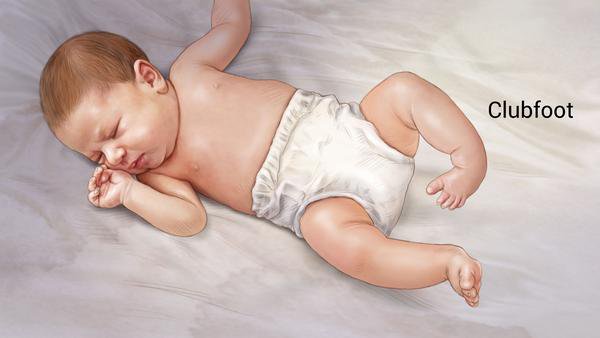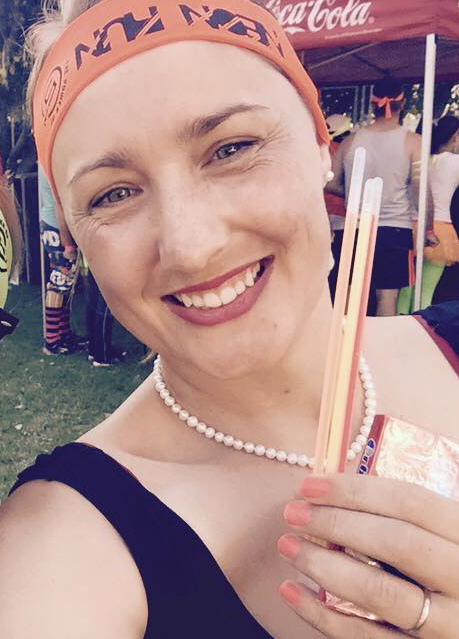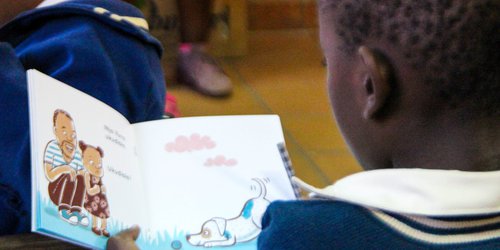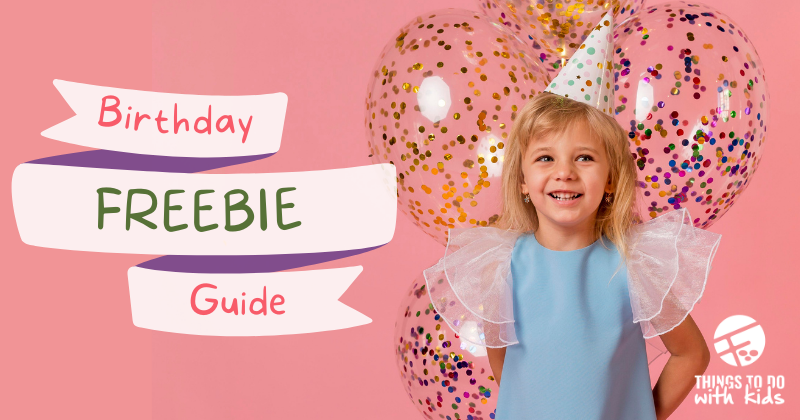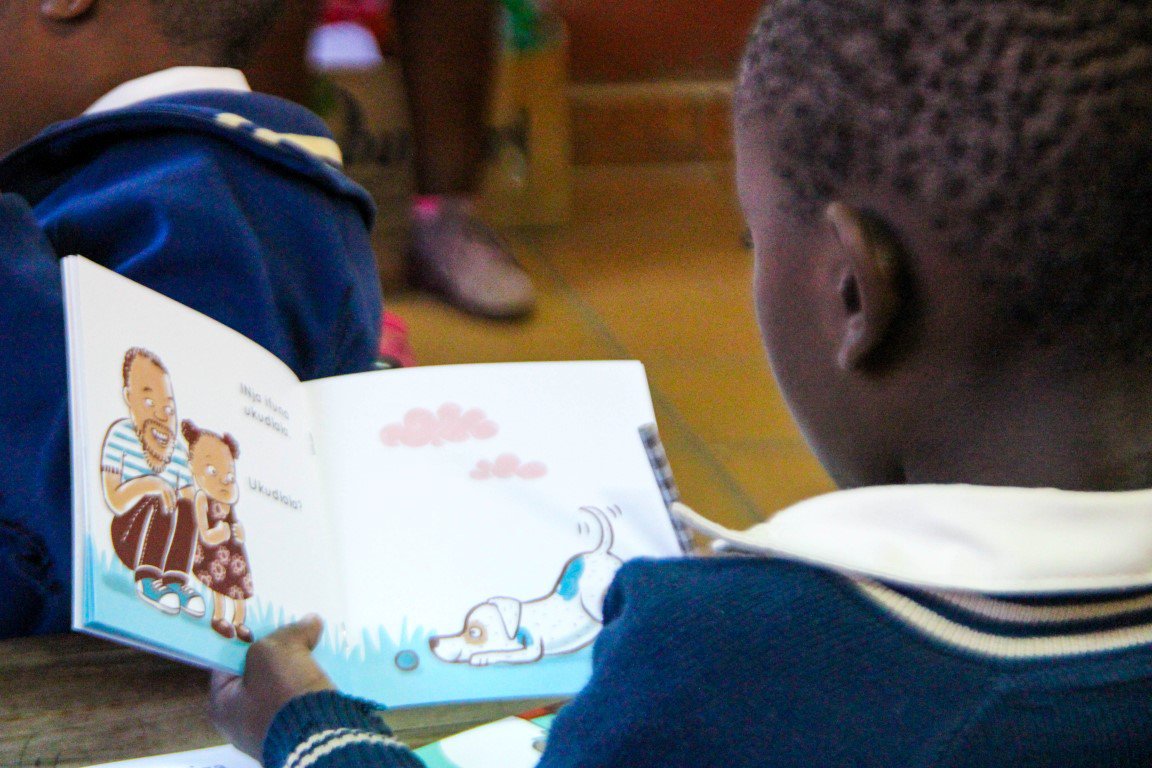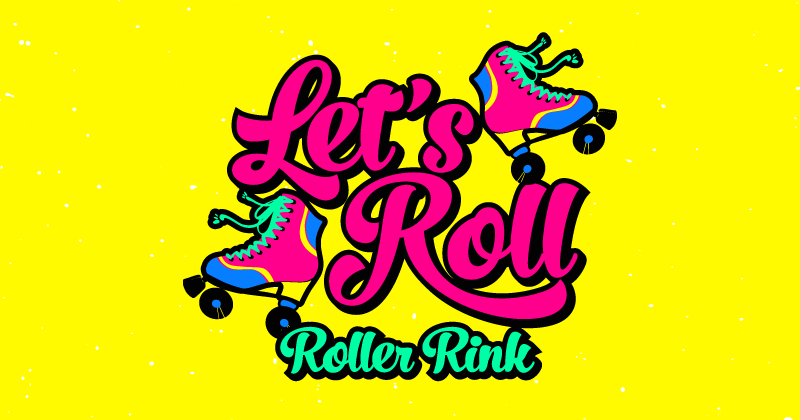My baby has clubfoot - now what?
Tips for parents expecting a baby with clubfoot- by Nadia
Today I am sharing a story and some tips from a dear friend of mine. We met at the age of 12 (yes, many moons ago) and though we have been separated by hundreds of kilometres for ten plus years we were blessed to have her and her family move to Cape Town a few years ago. This is also where they fell pregnant with their first child. During a prenatal scan, her baby was diagnosed with clubfoot. Clubfoot describes a range of foot abnormalities usually present at birth in which your baby's foot is twisted out of shape or position. In clubfoot, the tissues connecting the muscles to the bone are shorter than usual. This meant that she had a whole new journey and no one in her close circles to explain and support her in the treatment. We sat down over coffee one day and she mentioned that she has learned so much during her journey- and so naturally I asked her to share these practical tips that aren't freely available with our readers who may be going on a similar journey, following the Ponsetti treatment method. Share this in your mommy groups and with your friends please- it could make the worlds difference to them. Thanks, Nadia, for sharing your experience with us:
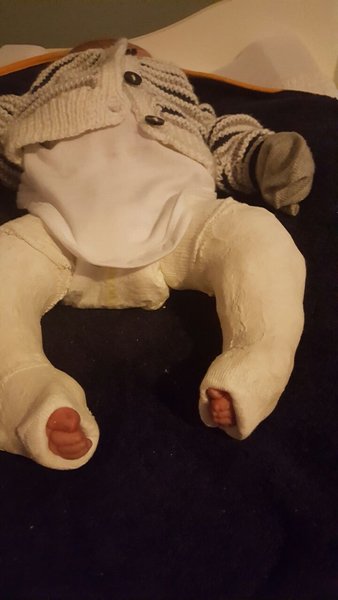
"When I found out our baby will be born with clubfeet I was devastated. However, this is not a death sentence and a completely treatable condition."
Below are some tips for your clubfoot journey. (We followed the Ponsetti method)
Make a doctors appointment with a qualified and experienced doctor with a track record of clubfoot treatment. I would recommend meeting with this doctor before your baby is born to get a proper idea of what to expect. Your baby will be wearing casts for the first few months and even though other people may sympathise with your child when they see it - the child is usually comfortable and does not know any better and furthermore, it is an investment in their future physical health.
Buy the best nappies you can afford, you do not want poop or urine to leak inside the casts.
Bathing with casts:
Even when you really feel like bathing your child rather don’t. You don’t want to risk getting the casts wet or running the risk of water getting inside the cast.
Stick with a bed bath instead. Wash 1 side of the body from head to toe and then repeat on the other side. Pull the blanket or towel back while you wash, and cover when you are done. Start by washing the shoulder, upper body, arm, and hand. Move to the hip, legs, and feet. Rinse each area free from soap and pat dry before moving to the next. Check for redness and sores during the bed bath.
As mentioned, You will need to soak off the casts yourself before heading to the doctor’s rooms for a new pair. Make use of this time to properly bath your child and to give him/her a baby massage, concentrating on the legs and feet.
Removing/soaking of the casts:
Soaking should be done an hour or 2 before your appointment. Do not do this the night before!
Fill a bucket with lukewarm water and soak the casts for about 10 – 15 minutes. Ensure that the water level in the bucket is high enough to flow in between the top part of the casts and the legs.
Be aware that small pieces of casts might spatter around, therefore, try to cover your baby’s eyes by holding a cloth in front of his/her face.
If it’s cold make sure that you heat the room prior and keep baby’s vest on while only dipping his legs into the bucket.
Once the casts are off bath your baby in fresh water and apply lots of your favourite baby lotion afterwards.
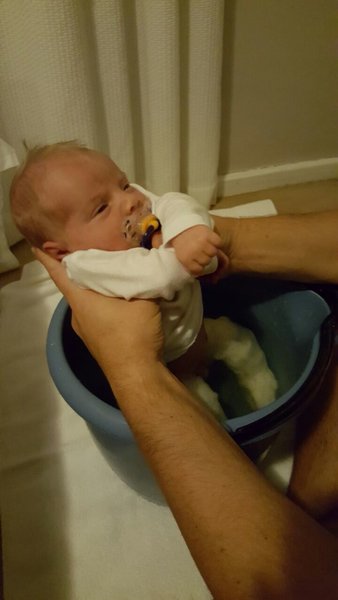
A deeper bath to save water and soak off the casts
Tips for Casting day:
Casts get changed on a weekly basis as they grow so quickly. This means soaking the casts from early morning and having your only propper bathing session with your little one and a chance to hold him without casts. Cherish these moments.
Steer away from wearing black or dark clothes on the day (for yourself) as after the casts are applied they will remain slightly wet for a day or two afterwards. Darker colour clothes will show white marks more easily.
After casts are applied:
Your baby will seem uncomfortable. The casts are heavier on the first and second day and will dry out by around day 3.
Be prepared to give extra TLC on these days.
Doctors Appointments:
Try to either get the first or second doctors appointment of the day as doctors tend to regularly run late as the day progress which will result in your baby being without the casts for longer.
Arrange Clinic visits for weighing and injections of your baby just before the new casts will be applied.
- If you take your baby to get weighed with casts you will not get a proper result as wet casts will weigh more than dried out ones for example.
- Most injections are also given on the upper thighs which will make it more difficult if the casting has already been applied.
Clothing tips for newborn babies with clubfoot in the casting phase (Advise your baby shower organiser of this):
- The onesie with the seamed foot is a definite NO.
- Body vests with separate stretchy tracksuit pants work the best.
- Buy stretchy cotton clothing as this will allow the casts to breathe and easily stretch over the casts.
- Cover the toes with socks if it’s cold.
In summer and warmer weather I would leave the casts uncovered to ensure the baby is not getting too warm.
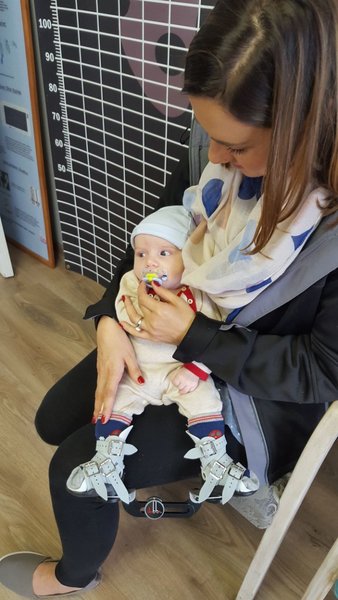
Clothing for the brace phase:
Buy clothes that fasten all the way around the inside of the leg with poppers or a zip.
You do not want to remove the shoes or bar to dress and undress your baby or have difficulty changing his diaper. If you have a baby girl a dress should work well too.
Equipment:
Carefully check out car seats, prams, baby carriers etc. Car seats, chairs and baby carriers with a bar or fabric between the legs that cannot be removed will not be functional during the brace phase.
This is not an easy path and you need to follow your doctor’s instructions carefully. Never remove the brace or bar when your baby is in a bad mood or crying as this will make them think that if and when they cry you will remove the brace. In anything, be consistent. You might think that giving in and removing the brace just once is harmless but it will trigger the same behaviour again. During one of our first visits, we met a lady who warned us as she "gave in" removing the brace every now and then and the child's feet relapsed, meaning they had to start the whole journey again with a now older child.
Wearing the cast or braces should not affect your baby’s development. Handle them as normal and give your baby many hugs and kisses. Tell them that you are proud of them and that they are doing great.
Hang in there, good luck and stay positive.
